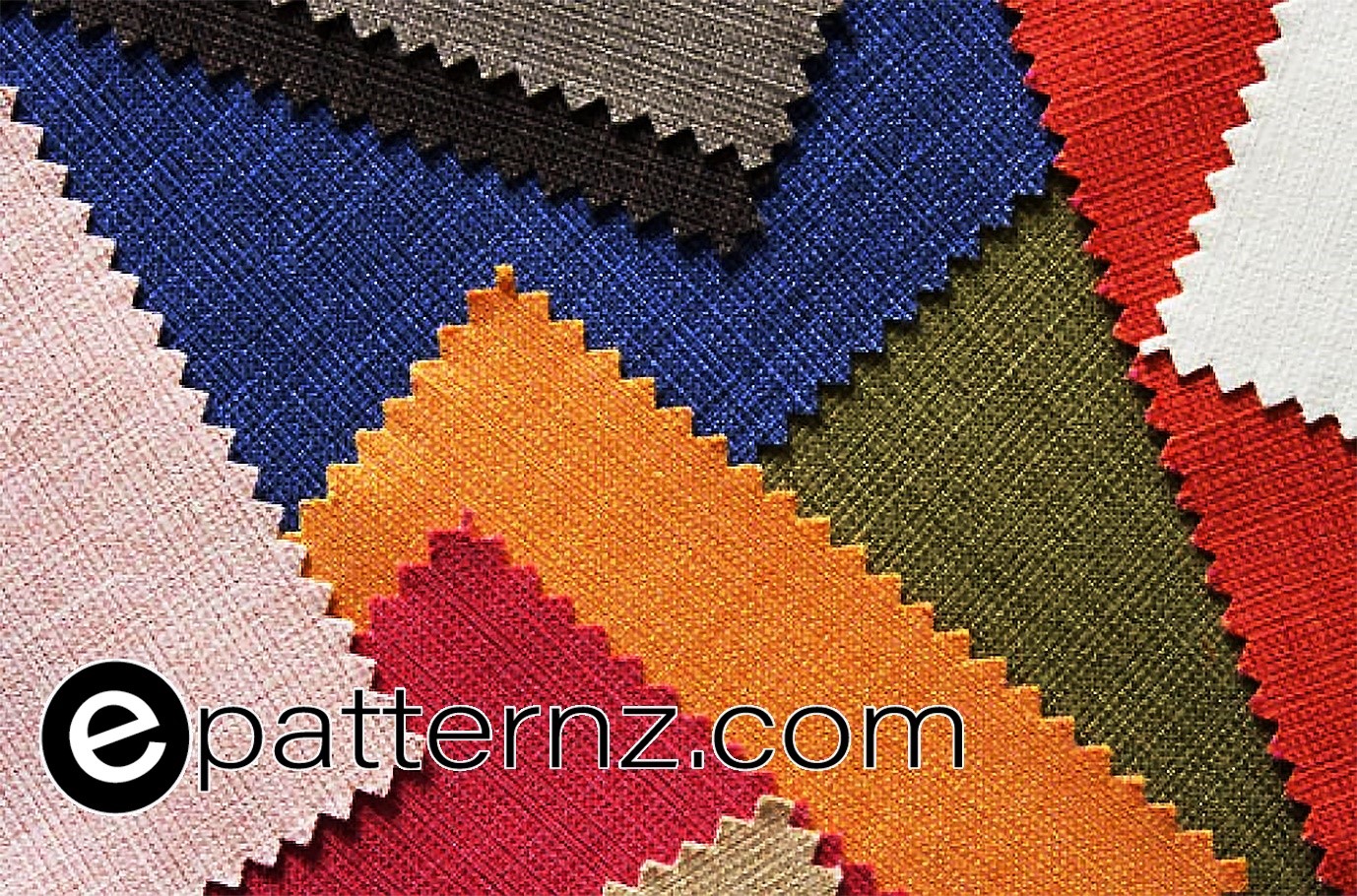
Fabric
The Digital Transformation of Fashion: Embracing 3D Design and Digital Fabrics
In recent years, the fashion and textiles industry has witnessed a significant surge in the adoption of digital technologies. With 3D design software rapidly becoming the standard in fashion, digital materials have taken center stage, transforming how garments are designed, developed, and brought to market. This shift has been accelerated by the global Pandemic, which highlighted the need for innovation in digital fabrics and the consistent sourcing of physical materials in a constantly changing market.
The Rise of Digital Fabrics in Fashion
Digital product development techniques are revolutionizing the fashion industry from the initial design phase to product development, sampling, and ultimately online retail. As technology advances and the demand for rapid and sustainable material creation and sourcing grows, the need for flexible digital materials that accurately represent manufacturable textiles is expected to rise. This transition poses new challenges for the fashion industry as it seeks to harness the potential of digital technologies and materials while maintaining a connection to what is physically possible in production.
Yarn and the Digital Transition
The yarn sector, too, is undergoing a digital transformation. Yarn Incorporated, a non-profit organization dedicated to yarn research and marketing, is aligning itself with the broader industry trend by embracing digital solutions. Even before the pandemic, the industry faced mounting pressure to achieve sustainability, cost efficiency, and speed to market. Digital processes and 3D design offer a way to save time, money, and effort while reducing waste and inefficiency. However, thriving in the digital age requires businesses to tackle a new set of challenges.
To meet the demands of digital transformation, brands often need to invest in recruiting new talent, retraining existing employees, and acquiring advanced equipment and software. Even after these investments, digitalizing physical materials remains a complex task. The process of scanning textiles, conducting physical tests, and coordinating with mills is time-consuming and labor-intensive. While scanning and testing help preserve the link to actual fabrics, they also introduce significant logistical challenges. Yarn Incorporated is committed to developing solutions that balance the creative flexibility offered by 3D technology with the need to stay connected to tangible, manufacturable materials.
Cultural and Creative Challenges in the Digital Age
The integration of 3D technology into the fashion industry brings with it not only technical challenges but also cultural and creative ones. Designers, who are central to deciding which materials are used and how they are developed, must now adapt to a rapidly evolving industry. The fast-paced product cycle driven by digital and 3D design tools requires new skills and approaches, making it difficult for designers to maintain the same level of physical interaction with textiles as they did in the past. With fewer samples ordered for material selection and fewer prototypes developed for new designs, designers may find it harder to assess the tactile qualities of fabrics like yarn, which is known for its softness and natural feel.
Yarn Incorporated faces the dual challenge and opportunity of keeping yarn relevant and appealing to designers in a digital environment. To achieve this, the organization invests in research, educates the industry, and provides resources to businesses across the value chain. Yarn’s desirable qualities—such as breathability, durability, and a soft hand feel—make it an ideal fiber for products designed for reuse and recycling. Despite the dominance of synthetic fibers in the market, Yarn Incorporated works to support brands that choose to use yarn, emphasizing its compatibility with sustainable practices and its appeal in a digitally driven industry.
Empowering Freelance Fabric Designers with epatternz.com
Freelance fabric designers are encouraged to utilize the epatternz.com platform to showcase their creations and contribute to the digital fashion revolution. By designing fabrics with a focus on aesthetic quality and employing bump maps like Normal and Diffuse, these designers can achieve the best possible results in 3D software. Through epatternz.com, millions of individuals in the fashion industry can access these innovative designs, helping to shape the future of fashion with digital materials that combine beauty, functionality, and sustainability.
In conclusion, as the fashion industry continues to embrace digital technologies, the importance of digital materials and 3D design will only grow. By navigating the challenges of digital transformation and leveraging platforms like epatternz.com, fashion brands, and designers can stay ahead of the curve, creating innovative, sustainable, and market-ready products that meet the demands of the modern consumer.


.jpg)
.jpg)
.jpg)







